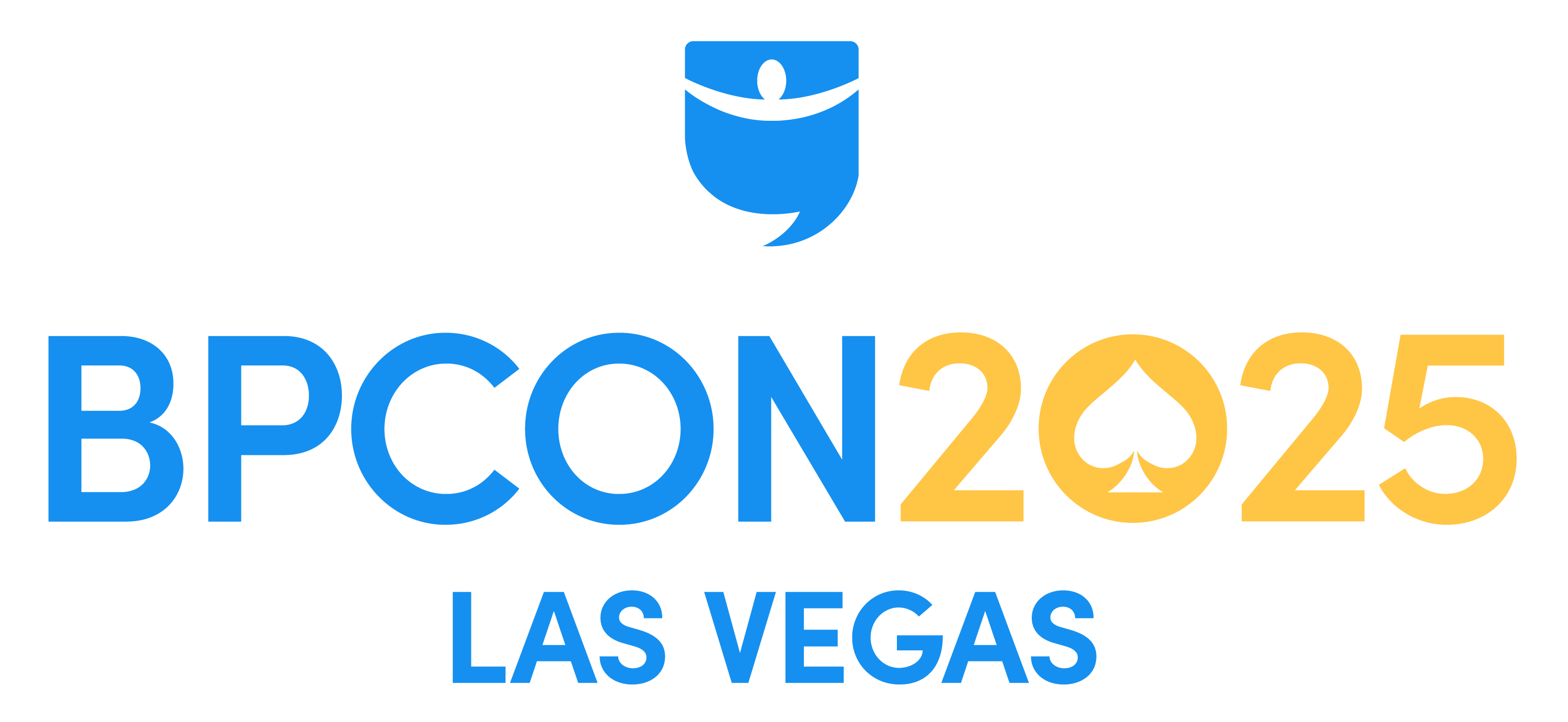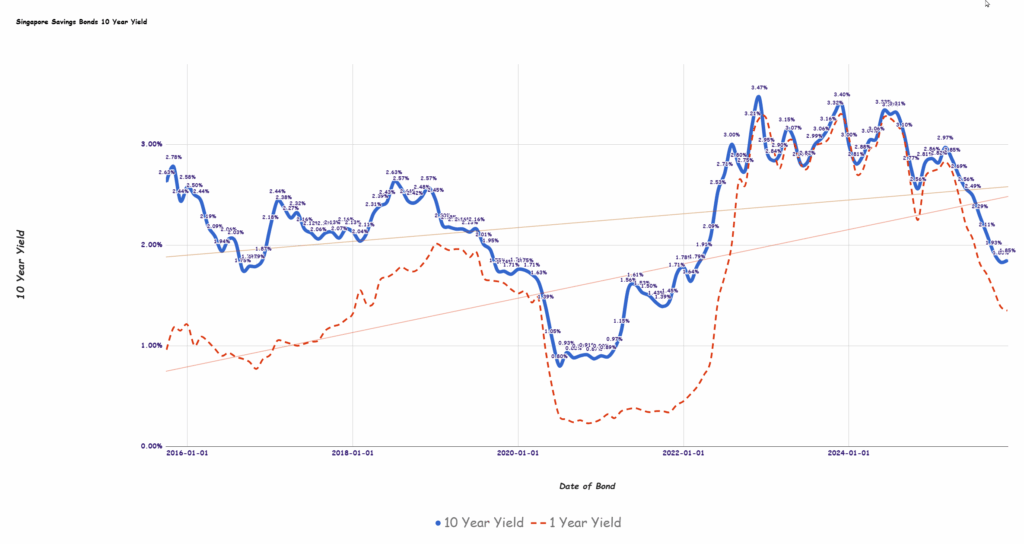How Pumping School Budgets Skyrockets Your Home’s Value by 20X—And Why Smart Investors Are Racing In Now
Ever wondered why some landlords treat school districts like the golden ticket in their investment playbook? It’s not just about brains in the classroom—it’s cold, hard cash tied to where those kids go to school. Sure, tenants with kiddos want the best for their young scholars, but for landlords, a home in a top-tier school zone is like owning a vault with a lock no one wants to crack. Skip a rent check, and the tenant risks uprooting their entire family’s education—a risk many just won’t take. But here’s the kicker: with home prices soaring through the stratosphere and interest rates that refuse to budge, is chasing those elite school districts just an expensive daydream for most investors? Or is there a savvy middle ground where cash flow meets appreciation without breaking the bank? Let’s dig into the numbers, the trends, and the sometimes surprising realities of investing where the A+ schools are. LEARN MORE
One of the first things prospective landlords are advised to consider when evaluating potential investment properties is the local school district. Tenants with children naturally want them to attend the best schools. Many are renting for that specific reason.
Once a tenant is in a home in a coveted catchment area, as a landlord, it acts as a fail-safe because a failure to pay will not only result in an eviction from their home, but also force their child to change schools—something every parent wants to avoid at all costs.
However, with rising house prices and stubbornly high interest rates, chasing highly ranked school districts might seem like a futile endeavor for landlords who are leveraging their money and hoping to earn a reasonable cash flow.
Parking Cash
According to a recent report on Realtor.com, homes in districts rated 8 or higher on GreatSchools.com have an average listing price of $1.21 million—approximately 135% higher than prices in the surrounding metro areas. Investing in these areas seems like an undertaking reserved only for the ultra-wealthy, looking to park their money through all-cash deals and enjoy the subsequent high appreciation.
In Texas, for example, the Carroll Independent School District in Southlake, a suburb of Dallas, commands average listing prices of $2.16 million, nearly four times the Dallas metro average. Median rental prices in this area are $5,922, according to Realtor.com data.
In California, homes in the Laguna Beach Unified (outside Los Angeles, in Orange County) and Reed Union Elementary (outside San Francisco) districts fetch $4 million to $5 million, more than triple the value of their surrounding markets. Median rental prices in this area are $9,500—high, but not high enough to cover the mortgage payment and additional costs.
According to the National Bureau of Economic Research, for every dollar spent on public schools in a community, home values increased by $20. High tax rates in good school districts mean that the schools are among the best-equipped in the state.
When Looking at Elite School Districts, Ignore Standard Landlord Metrics
Clearly, standard landlord metrics such as the 1% rule are rendered obsolete in the most coveted school districts. However, for those who can afford it, owning rental properties here is an almost guaranteed source of ongoing income, even if the ROI doesn’t match up.
Numerous studies show good school districts correlate with lower vacancies and higher rents. A UC Berkeley thesis paper found school quality influences home prices much more than rents.
The Middle Ground
A more practical scenario for landlords today is to aim for more moderate school districts that are rated a 6 or 7. They might not be the best a region has to offer, but they still have a reputation for solid results. In the current housing climate, where many families are priced out of the catchment areas of top schools, these slightly lower-tier academic institutions still attract responsible middle-class families who would make good tenants.
The Realtor.com report shows that such schools are generally priced 10% to 20% higher than metro averages, as opposed to the 100% to 300% higher for schools at the very top of the GreatSchools.com rankings. For example, in a suburban market around Atlanta, a 6 or 7-ranked school, such as Lakeside High School, is in a district where houses are priced $450,000-$550,000, as opposed to the 9-rated Midtown High School, where four-bedroom homes start at over $1 million.
In the lower-tiered school, the lower down payment ($90,000-$110,000) and mortgage payment ($2,700-$3,300) per month, compared to the rents of $3,500-$4,500, make cash flow more attainable. These areas also have a broader tenant pool, as pricey high-performing school districts tend to attract more owner-occupants.
Homes in these areas represent the sweet spot for landlords because they check the boxes of cash flow, appreciation, and stable tenants who are reluctant to move their kids during their schooling years.
Cash Flow Versus Appreciation
There’s no doubt that the best school districts tend to hold their value better than others in neighboring areas. In an appreciating market, they usually gain equity much faster. Even in the 2008 housing crash, top school districts held their value better than surrounding areas.
Deep-pocketed investors generally invest for long-term appreciation here, as cash flow always catches up in the end. However, if you are leveraging for immediate cash flow, middle-tiered schools make sense.
Revitalization and the Silicon Heartland
There’s a caveat: As neighborhoods gentrify, once working-class areas have become hipster-centric and eventually pricey and coveted. Parents who have moved here often choose to send their children to charter or private schools, rather than wait for the public school system to catch up to the area’s revitalization cycle.
This is generally more prevalent in big cities. For example, in Crown Heights, Brooklyn, house prices doubled in less than a decade. In these instances, holding on for appreciation makes far more sense than buying purely for cash flow. Also, in urban areas, many tenants do not have children, making the school issue a moot point.
Now, something similar is happening in suburban and even rural areas as well. The tech boom, coupled with the attraction to lower-cost markets and rapid expansion of data centers, is drawing in new communities, retail stores, and schools. As former Intel CEO Pat Gelsinger put it: “We helped to establish the Silicon Valley—now we’re going to do the Silicon Heartland.”
Financing and the Federal Reserve
Should interest rates plunge, as they are anticipated to, the goalposts of affordability will shift. It won’t necessarily mean that prospective landlords will be able to cash flow in top-ranked school districts. However, it could be a reason to buy there and break even, knowing that appreciation will add zeros to a buyer’s net worth within a few years.
Final Thoughts: Zoning, NIMBY vs. YIMBY
School district rankings have always been a reliable barometer of a neighborhood’s stability. However, in the current fluctuating macroeconomic climate, it shouldn’t be the only metric landlords use. Other important information is readily available, including crime rates, business investment, and development, as well as the all-important real estate taxes and insurance costs. Generally speaking, the better the school district, the higher the property taxes, which significantly affects cash flow.
Another thing to consider is zoning. The best school districts are generally not zoned for multifamily housing—or at least for buildings with five units or more. However, you might find some neighborhoods zoned for smaller two-to-four-family units, which would likely make more sense for landlords from a cash flow perspective, rather than a single-family home.
With the current housing shortage, this has become a contentious issue, with YIMBYs versus NIMBYs fighting for the right to build denser residential accommodation, particularly in pricey enclaves in California, Florida, New York, and parts of Texas. Be on the lookout for the possibility that some highly ranked school districts may allow a modicum of smaller multifamily housing to offset the crisis.
A Real Estate Conference Built Differently
October 5-7, 2025 | Caesars Palace, Las Vegas
For three powerful days, engage with elite real estate investors actively building wealth now. No theory. No outdated advice. No empty promises—just proven tactics from investors closing deals today. Every speaker delivers actionable strategies you can implement immediately.


















Post Comment